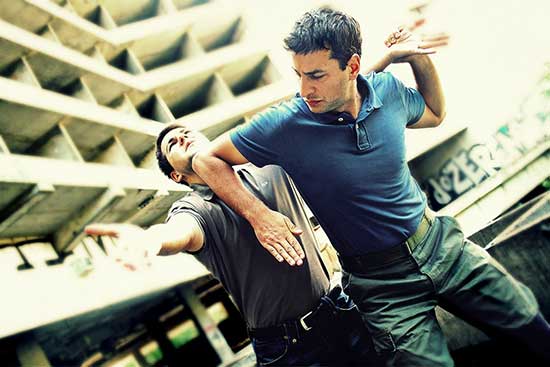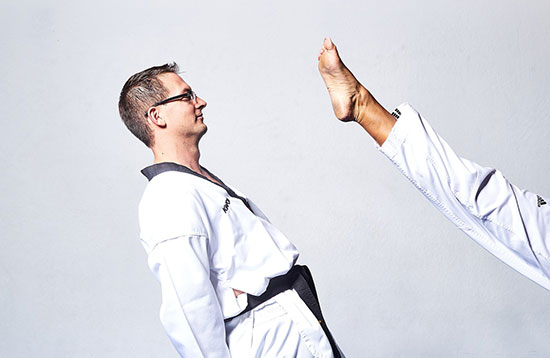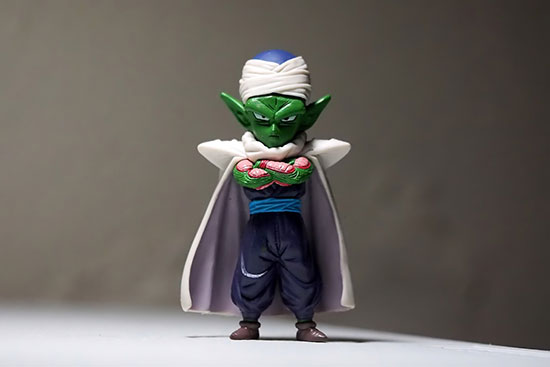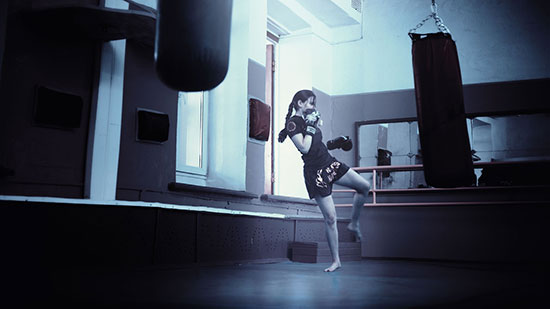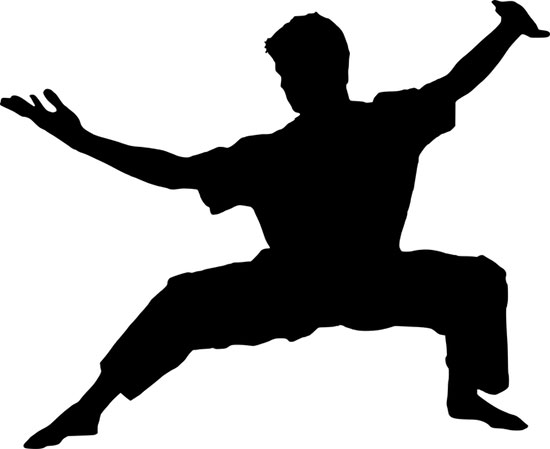Traditional martial art from Okinawa, Japan, is called Ryukyu Kobujutsu. This martial art has a long, multi-century history and is distinguished by the usage of weapons including the kama, bo, sai, tonfa, and nunchaku.
Contents
Ryukyu Kobujutsu history
The origins of Ryukyu Kobujutsu can be traced to Okinawa, a little island wedged between Japan and Taiwan.
Okinawa was a sovereign kingdom that conducted substantial trade with China and other Southeast Asian nations throughout the 15th century.
This trade brought different kinds of martial arts, like kung fu, which had an impact on how Okinawan martial arts developed.
Taira Shinken, who created the Kobujutsu system in the 1940s, is one of the most notable characters in Ryukyu Kobujutsu history.
Taira Shinken was a master of many martial arts, including karate, and his training regimen included the use of numerous weapons.
Currently, Ryukyu Kobujutsu is taught in numerous nations and has a sizable following among fans of martial arts.
Ryukyu Kobujutsu’s philosophy
Ryukyu Kobujutsu’s concept is based on the notion that weapons should be used as extensions of the body.
This implies that Ryukyu Kobujutsu practitioners work hard to get a thorough understanding of the principles and techniques.
By doing this, individuals can gain improved coordination, balance, and awareness that they can subsequently use in their daily lives.
The value of respect and humility is another essential component of Ryukyu Kobujutsu ideology. Practitioners are expected to treat their instructors, their classmates, and the weapons they use with respect.
Ryukyu Kobujutsu techniques
The wide range of techniques used in Ryukyu Kobujutsu are renowned for being useful in both attacking and defensive circumstances.
A long staff that can be used for striking, blocking, and sweeping is the bo, for instance. The three-pronged sai, on the other hand, is a weapon that may be used to trap and disarm opponents.
Learning to combine the various weapons is one of Ryukyu Kobujutsu’s most difficult techniques. To master this, which takes years of practice, needs a great level of ability and coordination.
Here’s a complete list of techniques used in Ryukyu Kobujutsu:
- Sune Tsuki: A front thrusting kick aimed at the opponent’s shin.
- Mae Geri: A front snap kick aimed at the opponent’s midsection or head.
- Shomen Uchi: A downward strike aimed at the opponent’s head.
- Tsuki Uchi: A thrusting strike aimed at the opponent’s midsection.
- Kote Kudaki: A wrist-breaking technique that involves twisting the opponent’s wrist in a specific way.
- Kiri Oroshi: A downward diagonal cut aimed at the opponent’s shoulder or head.
- Tsukikage: A thrusting technique that involves feinting to one side before striking the opponent.
- Kiri Otoshi: A downward strike aimed at the opponent’s head or neck.
- Hiki Uchi: A pulling technique that involves grabbing the opponent’s wrist or arm and pulling them off balance.
- Kuri Hanashi: A twisting or turning technique that involves redirecting the opponent’s weapon or limb and throwing them off balance.
- Chudan Uchi: A middle-level strike aimed at the opponent’s midsection or ribs.
- Jodan Uchi: A high-level strike aimed at the opponent’s head or neck.
- Kubi Hineri: A technique that involves twisting the opponent’s neck or head in a specific way.
- Ryubi Kake: A striking technique that involves hooking the opponent’s weapon or limb with the nunchaku.
- Koshi Gamae: A posture or stance that involves standing with the nunchaku held behind the back.
- Yoko Uchi: A sideways strike aimed at the opponent’s head or body.
- Hineri Uchi: A twisting strike that involves turning the nunchaku in a specific way to strike the opponent.
- Kubi Jime: A technique that involves choking the opponent by applying pressure to their neck.
- Sokuho Jitte: A throwing technique that involves using the nunchaku to throw the opponent off balance.
- Taiho Jitsu: A technique used for arresting or controlling a suspect that involves using the nunchaku to subdue them.
- Shomen Tsuki: A straight thrust aimed at the opponent’s midsection.
- Sode Tegatana: A technique that involves striking the opponent with the edge of the sai.
- Kakiwake Uke: A blocking technique that involves using the sai to split the opponent’s weapon or limb.
- Tobi Mae Geri: A jumping front snap kick aimed at the opponent’s midsection or head.
- Tobi Geri: A jumping kick aimed at the opponent’s midsection or head.
- Tsumasaki Geri: A toe kick aimed at the opponent’s midsection or head.
- Mawashi Uke: A blocking technique that involves using the tonfa to deflect the opponent’s strike.
- Seiken Tsuki: A straight punch aimed at the opponent’s midsection.
- Kagi Tsuki: A hook punch aimed at the opponent’s midsection.
- Ushiro Geri: A backward kick aimed at the opponent’s midsection or head.
- Jitte: A technique that involves trapping the opponent’s weapon or limb with the tonfa and then striking them with the other end.
- Migi Hasso No Kamae: A posture or stance that involves holding the eku diagonally across the body with the right hand.
- Hidari Hasso No Kamae: A posture or stance that involves holding the eku diagonally across the body with the left hand.
And the techniques where different weapons are used:
| Weapon | Techniques |
|---|---|
| Bo | Sune Tsuki, Mae Geri, Shomen Uchi, Tsuki Uchi, Kote Kudaki, Kiri Oroshi, Tsukikage, Kiri Otoshi, Hiki Uchi, Kuri Hanashi |
| Nunchaku | Chudan Uchi, Jodan Uchi, Kubi Hineri, Ryubi Kake, Koshi Gamae, Yoko Uchi, Hineri Uchi, Kubi Jime, Sokuho Jitte, Taiho Jitsu |
| Sai | Shomen Tsuki, Sode Tegatana, Yoko Uchi, Kamae, Kakiwake Uke, Mae Geri, Tsuki, Tobi Mae Geri, Tobi Geri, Tsumasaki Geri |
| Tonfa | Mawashi Uke, Seiken Tsuki, Chudan Uchi, Jodan Uchi, Kagi Tsuki, Hiki Uke, Kuri Hanashi, Koshi Gamae, Ushiro Geri, Jitte |
| Eku | Migi Hasso No Kamae, Hidari Hasso No Kamae, Sune Tsuki, Mae Geri, Shomen Uchi, Tsuki Uchi, Kote Kudaki, Kiri Oroshi, Tsukikage, Kiri Otoshi |
Ryukyu Kobujutsu’s Applicability Today
Despite having a lengthy history, Ryukyu Kobujutsu is still relevant today. Self-defense, physical fitness, and mental focus are just a few of the contexts in which Ryukyu Kobujutsu techniques and principles can be used.
A sense of respect and humility can also be instilled in practitioners of Ryukyu Kobujutsu, which can be advantageous in all facets of life.
Conclusion
A intriguing martial art with a deep philosophical foundation is Ryukyu Kobujutsu. Its methods are powerful and difficult, and its values of respect and humility are beneficial in every part of life.
Ryukyu Kobujutsu is unquestionably worthwhile learning more about, whether you are a fan of martial arts or are just curious about this ancient technique.
Frequently Asked Questions
What weapons are used in Ryukyu Kobujutsu?
The bo, a long staff, the sai, a three-pronged weapon, the tonfa, a wooden baton, the nunchaku, a chain with two sticks on either end, and the kama are some of the weapons used in Ryukyu Kobujutsu (a sickle-like weapon). Each weapon has special applications and skills.
Is it possible to learn Ryukyu Kobujutsu?
Ryukyu Kobujutsu may be learned by anyone, yes. It is a martial art that may be practiced by individuals of all ages and skill levels. Mastering the ideas and practices of the craft, nevertheless, does take commitment and effort.
Can Ryukyu Kobujutsu be used to defend oneself?
It is true that Ryukyu Kobujutsu has applications for self-defense. Both offensive and defensive scenarios can benefit from the art’s tactics and guiding concepts.
However, it’s crucial to keep in mind that self-defense circumstances are unpredictable and frequently call for rapid thinking and adaptation.
How long does it take to master Ryukyu Kobujutsu?
Individual differences affect how long it takes to master Ryukyu Kobujutsu. Mastering the techniques and concepts of the art often takes several years of diligent practice. But, achieving mastery calls for constant study and practice.
Where can I find Ryukyu Kobujutsu schools?
Around the world, Ryukyu Kobujutsu is taught in numerous places. Finding a respected instructor or institution that emphasizes the traditional methods and ideas of the art and has a long history is crucial.
